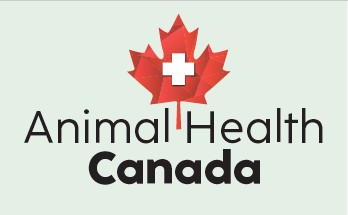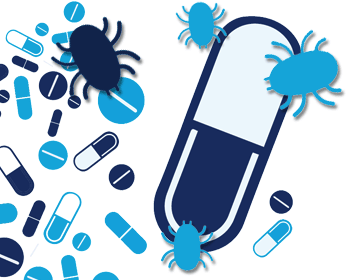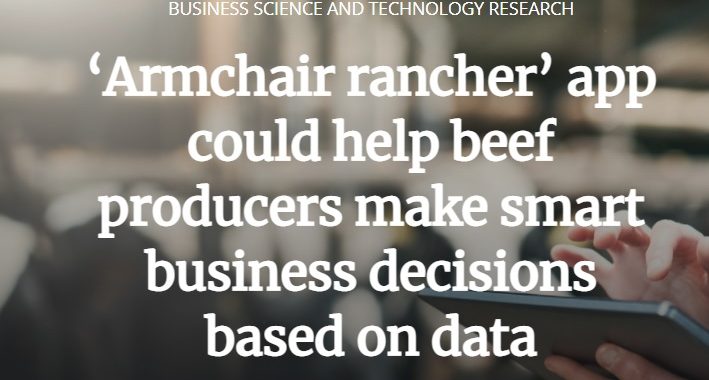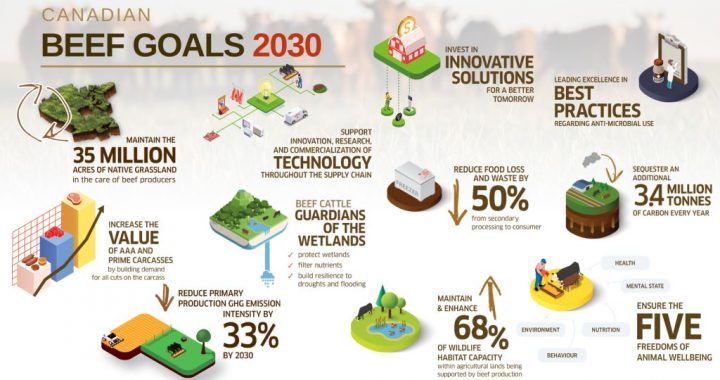“Our current approach to risk management around animal health is too fragmented and too under-invested in prevention. The economic consequences of contagion are so enormous that we can’t tolerate the status quo. We have to bring public and private interests together to prepare for and prevent disaster. Just around the corner, diseases are lurking that could slam our beef and pork exports and devastate the rural economy. The whole system requires a new frame of thinking.”
With those cautionary words, Rory McAlpine set the stage for how Animal Health Canada (AHC) would be different. Rory emphasizes that he has retired, and speaks from his position as a champion for the initial concept of AHC and his earlier work with the National Farmed Animal Health and Welfare Council, which is the secretariat supporting the creation of AHC. Two examples illustrate his thoughts.
African swine fever (ASF) killed half of pigs in China either directly or through herd culls. It has not appeared in Canada but would take just one wild boar in a remote part of the country to bring $5 billion in pork exports to a standstill—overnight! You can bet that Canada isn’t ignoring this. An ASF Executive Management Board (on which Rory sat) is building a Pan-Canadian ASF Action Plan.
“But they’re doing this off the side of their desks,” points out Rory. “If we had AHC, we’d be better prepared in terms of biosecurity standards, surveillance, traceability, border measures, and maybe even a vaccine. Even with AHC, it would be especially challenging if both wildlife and farm animals were implicated because disease management in wildlife is mostly a provincial matter.”
Chronic wasting disease (CWD) is one such feared example. It’s like mad cow disease but in deer, caribou, elk, etc., which are a food source in Indigenous communities and rural Canada. Some evidence exists that it could transmit to humans. There is no nationally-focused prevention-based strategy to handle it. See the Canadian Agri-Food Policy Institute’s report on CWD for a better idea of the imminent threat to Canadian agriculture. CWD represents an especially thorny challenge because risk management is all-encompassing, involving wildlife management, farm management, the Canadian Food Inspection Agency, veterinarians several farm sectors and indigenous communities.
“The prion protein doesn’t care about borders,” says Rory. “It doesn’t care about mandates set in legislation about who’s responsible. COVID demonstrates the need for integrated governance when managing infectious diseases. Our current approach is too based on bureaucratic convenience and siloed action plans across industry. If more actors were prepared to share their authority and resources with a group like AHC, we could better manage these risks. CFIA certainly can’t do it alone.”
Although some stakeholders are fretting about the urgency related to ASF, AHC is not operational yet. The journey has been politically challenging, with several levels of government and multiple species groups all accustomed to autonomy. The final step to occur by 2022 is a legal public-private partnership with funding.
To get this far, potential models to adopt or adapt were examined. Animal Health Australia was considered a good fit: a public-private partnership that has been funded and given legal authority to manage animal health risks and the associated financial risk. That organization has a complicated formula to manage financial risk that considers variables like whether human health is implicated and whether the source of infection is foreign.
“We can learn from Australia and others,” states Rory. “If ASF strikes tomorrow, decisions have to be made immediately about zoning, liquidating herds and financial compensation. A response fraught with lobbying and hand-wringing is not ideal, and could compound the duration and severity of the crisis.”
This type of readiness provides opportunities to drive the development of genomics tools, whether related to tracing the origin of animals (“DNA fingerprinting”) or as part of developing less susceptible populations that reduce the impact of disease. Whether we use the “Swiss cheese model” or “rings of protection”, different approaches help build resilience into a system where redundancy has been eliminated as part of just-in-time efficiencies.
But isn’t animal health just one third of the equation? Shouldn’t we be talking about One Health?
“One Health is the ultimate prize,” Rory concedes. “An integrated One Health approach to managing public health and animal health in the face of zoonotic disease risks has to start with better coordination in each camp. We have world-leading scientific capacity, digital technologies and financial resources… now we need our decision-making structures to catch up. The lives of people and animals depend on it.”
For more background on Canada’s need for Animal Health Canada, see Rory’s article in the “transition binder” the Canadian Agri-Food Policy Institute would give to the new minister for Agriculture, after the 2021 federal election.
“In that article, I use the example that it took SARS to stimulate the need to create the Public Health Agency of Canada, albeit lacking good integration with provincial public health authorities, as we see in the COVID response” says Rory. “And it took the tainted blood tragedy to fix our national blood safety system via Canadian Blood Services. We can learn from these examples in the space of animal health.”







 The Armchair Rancher app will help producers create scenarios to predict risk and potentially cut losses in their operations. Based on historical data, the app will identify current and predict future trends, and act as an assistant.
The Armchair Rancher app will help producers create scenarios to predict risk and potentially cut losses in their operations. Based on historical data, the app will identify current and predict future trends, and act as an assistant.
 , owner/operator of Lazy A Farms Ltd. and Chair of Gentec’s Management Advisory Board. “Number One is the 50,000 independent cattle farms with an average of 70 cows on each one. This complex community is very difficult to motivate to adopt new technology.”
, owner/operator of Lazy A Farms Ltd. and Chair of Gentec’s Management Advisory Board. “Number One is the 50,000 independent cattle farms with an average of 70 cows on each one. This complex community is very difficult to motivate to adopt new technology.”

